Sometimes, the greatest breakthroughs come from unplanned moments and unexpected accidents. Scientific and technological advancements often emerge from painstaking research, but there are instances where happy accidents have led to amazing, world-changing discoveries. By exploring these serendipitous events, you get to see how innovation can come from the most unlikely of circumstances.
From everyday products to medical breakthroughs, these unintended innovations highlight the unpredictable nature of scientific exploration and the power of curiosity.
1. Penicillin

In 1928, Alexander Fleming made a groundbreaking discovery by accident. While working with Staphylococcus bacteria, he noticed that a mold called Penicillium notatum had contaminated one of his petri dishes and killed the bacteria around it.
This discovery paved the way for the development of antibiotics. Penicillin became the first true antibiotic, revolutionizing medical treatments and saving countless lives.
The mass production of penicillin during World War II helped reduce deaths from infected wounds. Today, penicillin and its derivatives are widely used to treat various bacterial infections.
2. X-Rays
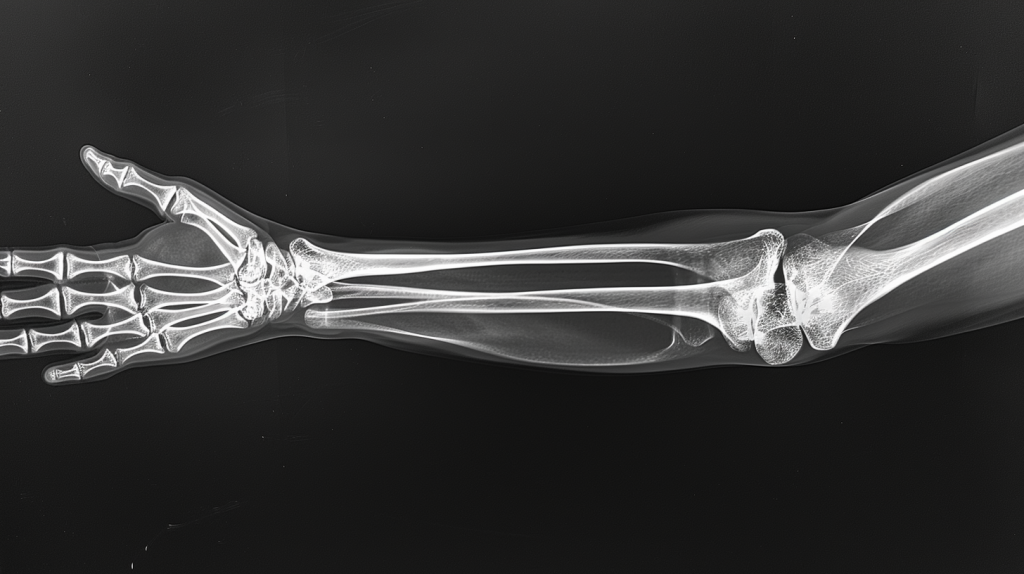
X-rays were discovered accidentally by Wilhelm Röntgen in 1895. While experimenting with cathode rays, he noticed a fluorescent screen glowing unexpectedly.
Röntgen’s discovery revolutionized medicine. X-rays allowed doctors to see inside the human body without surgery.
This technology quickly became an essential tool for diagnosing broken bones and lung diseases. Further advances, like CT scans and MRIs, built on Röntgen’s work, providing even more detailed images.
3. Microwave Ovens

Microwave ovens were invented by accident. Percy Spencer, an engineer, was working with radar technology in 1945. While testing a magnetron, he noticed a chocolate bar in his pocket had melted.
Spencer realized microwaves could cook food quickly. This led to the creation of the first commercial microwave oven in 1947, called the “Radarange.”
Early microwave ovens were large and expensive. Over time, they became smaller, more affordable, and a common household appliance. Today, they are essential in many kitchens around the world.
4. Velcro

Velcro was invented by Swiss engineer George de Mestral in the 1940s. While walking his dog, he noticed burrs sticking to his dog’s fur and his clothes. Curious, he examined the burrs under a microscope.
He discovered that the burrs had tiny hooks that grabbed onto looped fabric. Inspired by this, he developed a fastener system that mimicked this natural hook-and-loop mechanism. This invention became what we know today as Velcro.
5. Post-It Notes

Post-it notes were invented by accident. In 1968, Dr. Spencer Silver, a scientist at 3M, was trying to create a super strong adhesive. Instead, he made a weak, reusable adhesive that stuck to surfaces but could be easily removed.
Years later, in 1974, his colleague, Art Fry, used this adhesive to anchor bookmarks in his hymnbook. This small idea led to the creation of Post-it notes we use today.
6. Viagra

Viagra, known as the “little blue pill,” is a well-known treatment for erectile dysfunction (ED). Surprisingly, its discovery was accidental. Scientists at Pfizer were initially researching a drug to treat heart problems.
During clinical trials, the drug had minimal effect on angina patients but showed a noticeable impact on erectile function. This unexpected result led to further testing and development specifically for ED.
Viagra received FDA approval in 1998. Since then, it has helped millions of men worldwide.
7. Super Glue
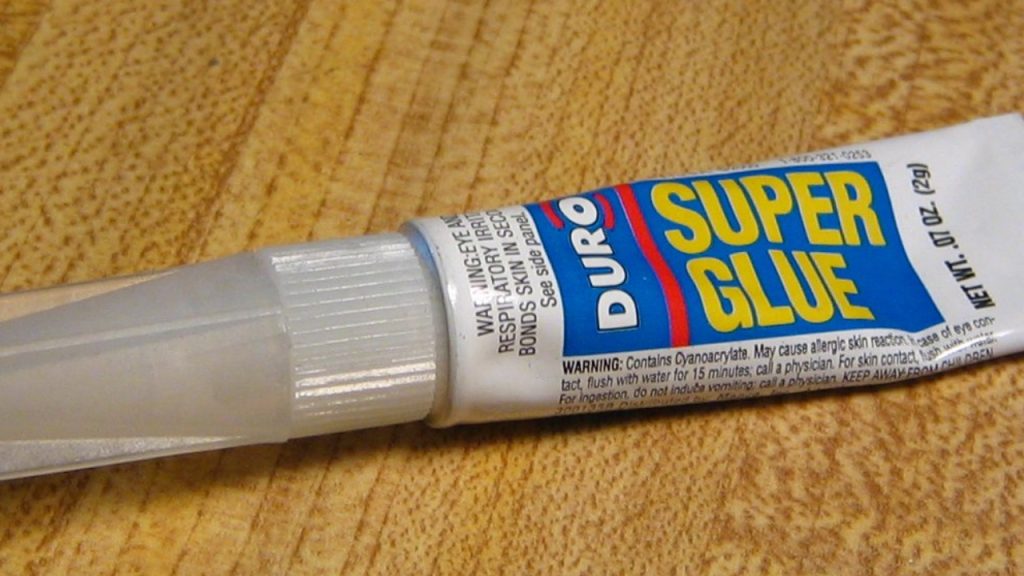
Super Glue was discovered by accident in 1942. Dr. Harry Coover, a chemist at Eastman Kodak, was trying to create clear plastic gun sights for World War II. Instead, he stumbled upon a chemical compound that was extremely sticky.
Dr. Coover initially found the substance too adhesive for his project and set it aside. Years later, in 1951, he and another scientist, Fred Joyner, found a new use for it. They realized it could make a quick, strong bond when it came into contact with moisture.
Super Glue was then refined and marketed as a powerful adhesive. It could bond almost anything and became widely used in households, medical settings, and industries. The accidental discovery of Super Glue demonstrated how unexpected results can lead to revolutionary products.
8. Cornflakes

Cornflakes were born from a simple kitchen mishap in 1898. A batch of wheat-based cereal dough was accidentally left out for too long. When it was discovered, the mixture had turned stale.
Instead of throwing it away, the Kellogg brothers decided to experiment. They rolled the dough out and toasted it. The result was the crispy flakes we now enjoy as one of the world’s most popular breakfast cereals.
9. Teflon

In 1938, Roy Plunkett, a chemist at DuPont, made an unexpected discovery while experimenting with gases for refrigeration. He found a slippery substance that wouldn’t react with chemicals easily.
This substance was Teflon. Teflon’s non-stick properties make it great for cookware like pans.
Beyond the kitchen, Teflon is essential in the medical field and aerospace industry. From non-serrating heart valves to spacesuits, Teflon’s uses are wide and varied.
10. Anesthesia
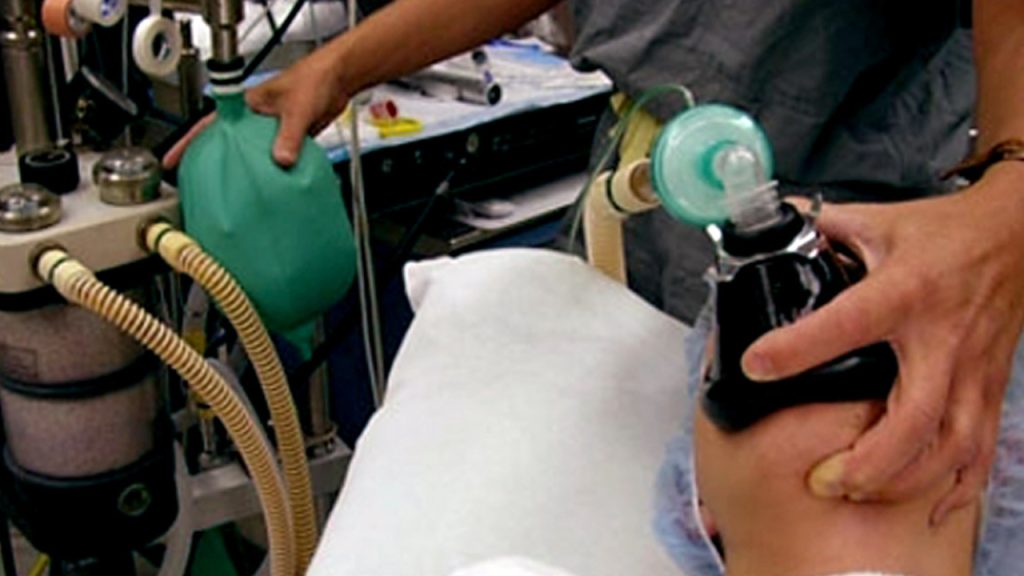
Anesthesia revolutionized medicine by making surgeries painless and safer. It was a groundbreaking moment when a young dentist, William Morton, used ether for the first time on October 16, 1846. This accidental discovery allowed for complex surgeries to be performed without the unbearable pain that patients previously endured.
Before anesthesia, surgeries were traumatic and often resulted in shock or death from extreme pain. In its early days, nitrous oxide was even used at parties for its laugh-inducing effects before its medical value was recognized.
This discovery played a critical role in modern medicine, significantly improving surgical outcomes and patient comfort.
11. Plastic

Plastic was accidentally discovered in 1907 by a Belgian chemist named Leo Baekeland. He was trying to create a synthetic substitute for shellac, a natural electrical insulator.
During his experiments, Baekeland combined phenol and formaldehyde. This mix produced a moldable material that could bend into any shape, then harden into a durable form.
This invention, named Bakelite, led to the widespread use of plastics in countless everyday items.
12. Artificial Sweeteners

Artificial sweeteners were discovered by accident.
In 1937, Michael Sveda, a graduate student at the University of Illinois, spilled a chemical on his hand.
During a smoke break, he noticed his hand tasted sweet.
This chemical, cyclamate, turned out to be 30 to 50 times sweeter than sugar.
In 1967, Karl Clauss discovered another sweetener while working with chemicals.
Artificial sweeteners have since become popular for those seeking to reduce calorie intake.
13. Vulcanized Rubber

Charles Goodyear’s discovery of vulcanized rubber happened by accident in 1839. He was trying to make rubber more durable and resistant to temperature changes.
One day, frustrated by his lack of progress, he inadvertently dropped a mixture of rubber and sulfur onto a hot stove. The result was a material that didn’t melt in the heat or crack in the cold.
This process, known as vulcanization, transformed many industries. It made products like tires, erasers, life jackets, and more possible. By making rubber reliable and versatile, Goodyear’s accidental find had a lasting impact.
1. Radioactivity
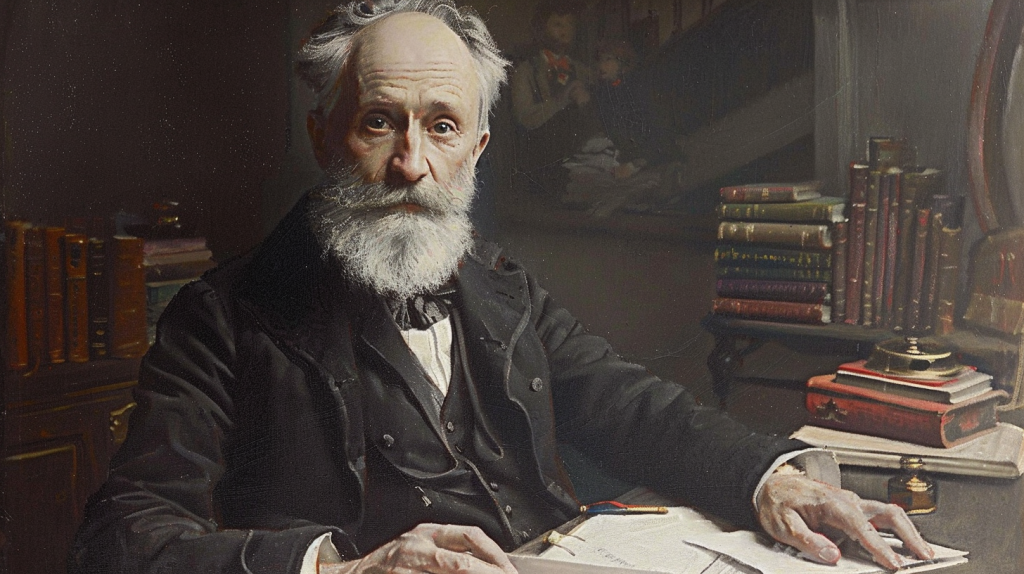
Radioactivity was discovered by Henri Becquerel in 1896. He was intrigued by Wilhelm Roentgen’s recent discovery of X-rays and wanted to explore similar phenomena.
Becquerel accidentally discovered that certain materials could emit rays without any external energy source. This finding was significant because it showed that atoms could break down and release energy.
His work laid the groundwork for further research by scientists like Marie and Pierre Curie, who expanded on his findings.
15. Saccharin
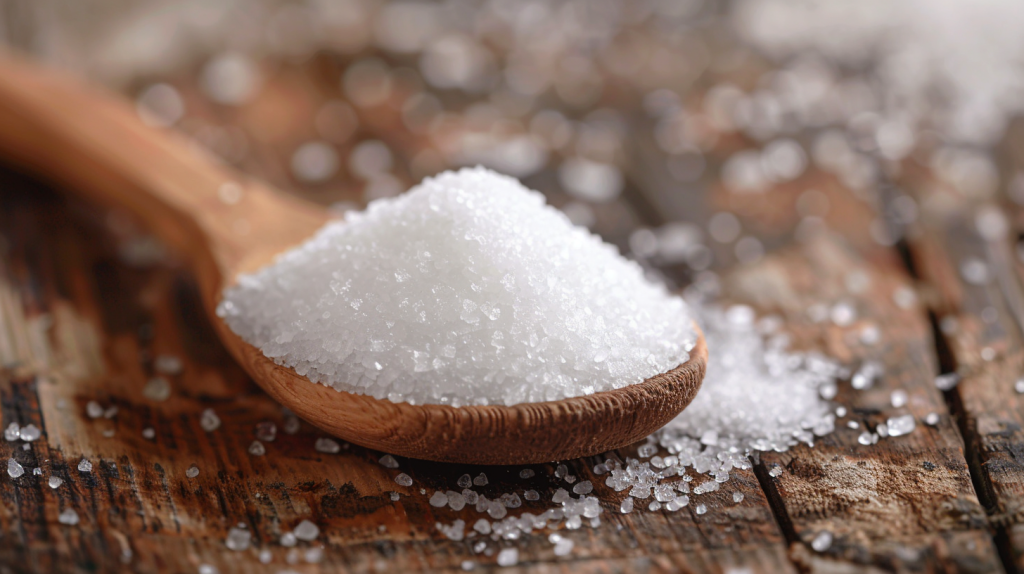
Saccharin, one of the first artificial sweeteners, was discovered by accident in 1879 by Constantin Fahlberg, a chemist working on coal tar derivatives. After a day in the lab, he noticed a sweet taste on his fingers during dinner. This led to the realization that the substance he was working with had sweetening properties, giving birth to saccharin, which has been widely used as a sugar substitute.
16. Safety Glass

In 1903, French chemist Édouard Bénédictus accidentally knocked a glass flask coated with plastic cellulose nitrate off a shelf. Instead of shattering, the glass cracked but retained its shape. This incident inspired Bénédictus to create laminated glass, which is now used in car windshields and various safety applications.
17. The Slinky

The Slinky was invented by accident in 1943 by naval engineer Richard James. While working with tension springs to stabilize sensitive equipment on ships, he accidentally knocked one off a shelf. The spring gracefully “walked” down instead of falling. Richard and his wife Betty saw the potential for a new toy, leading to the creation of the beloved Slinky.
18. Plasticine
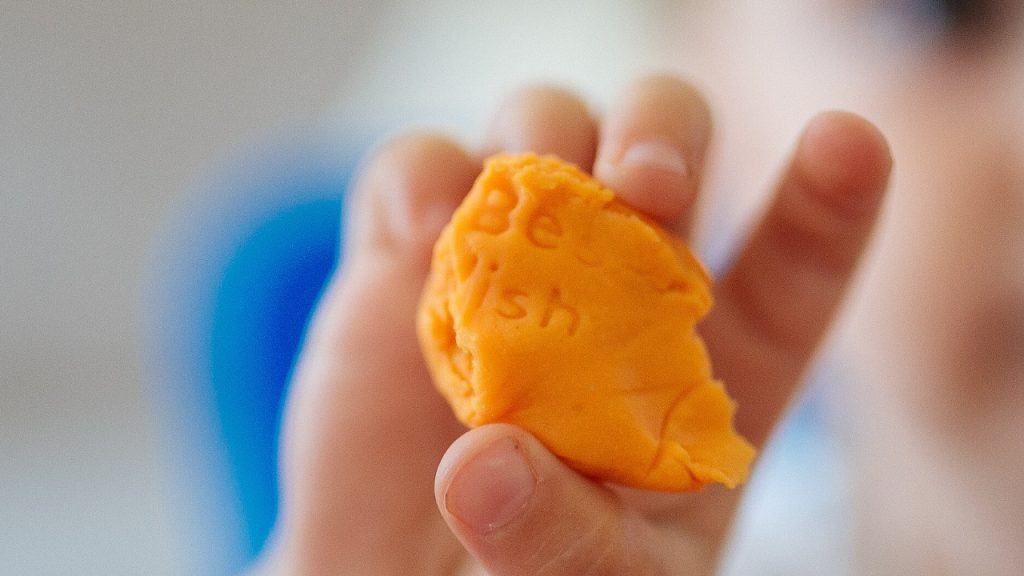
Plasticine, a popular modeling clay for children, was invented by accident by William Harbutt, an art teacher in England. In 1897, while attempting to create a non-drying clay for sculpting, he developed Plasticine. It became widely used in education and art for its malleable properties.
19. Coca-Cola
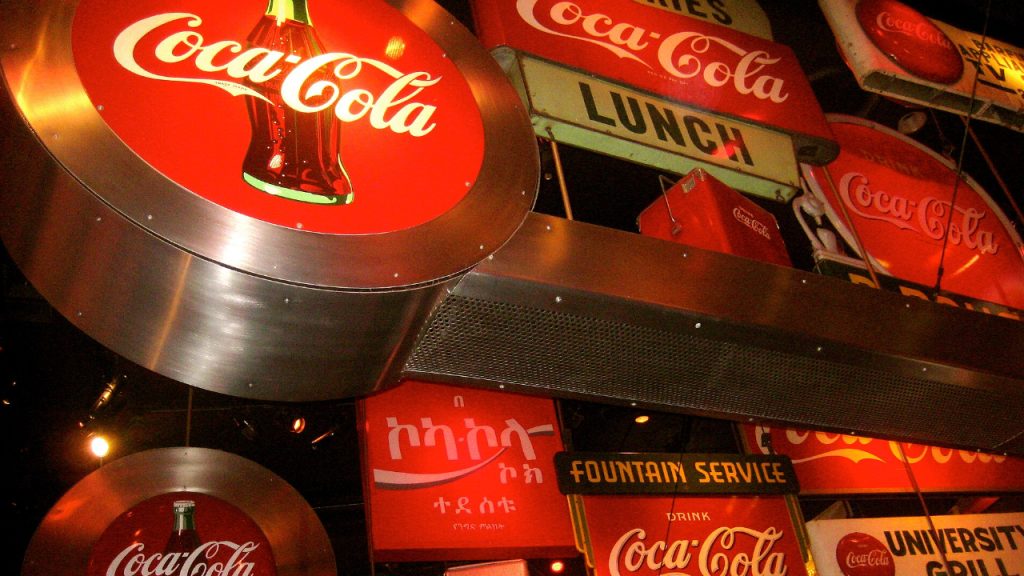
Coca-Cola was invented in 1886 by Dr. John Stith Pemberton, a pharmacist. He was attempting to create a medicinal tonic to help with ailments such as headaches and fatigue. Instead, he stumbled upon the formula for what would become one of the world’s most popular soft drinks.
20. Matches

Matches were accidentally invented in 1826 by John Walker, an English chemist. While preparing a chemical mix, he noticed that a dried lump at the end of a stick burst into flames when scraped against the hearth. This led to the creation of the first friction matches, revolutionizing fire-making.
21. The Pacemaker
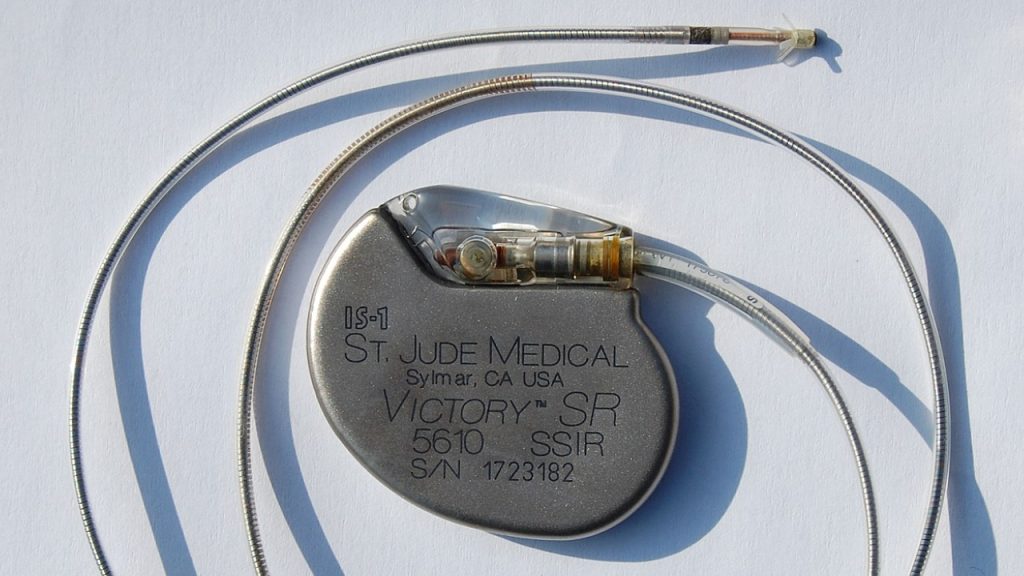
The pacemaker was developed by accident in 1956 by Wilson Greatbatch. While working on a device to record heart sounds, he mistakenly used the wrong type of resistor, which led to a circuit that could regulate heartbeats. This invention has since saved countless lives by helping to manage heart conditions.
Katy Willis is a writer, master herbalist, master gardener, and certified canine nutritionist who has been writing since 2002. She’s finds joy in learning new and interesting things, and finds history, science, and nature endlessly fascinating.
